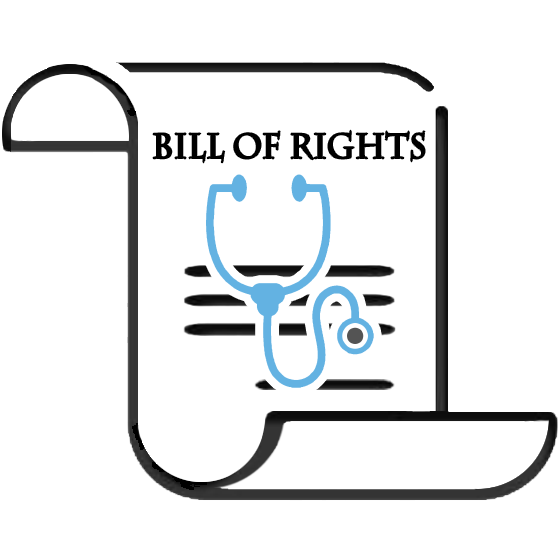Complete 2018 Automatic Authorization Guide for California Workers’ Comp

Over the last several months, we blogged extensively (and hosted a free comprehensive webinar) on the new automatic authorization process for California workers’ comp. Here, we’ve assembled the most important rules and procedures into one convenient guide. Use this for quick and easy reference, and feel free to download and print the PDF version below:
Download Complete 2018 Authorization Guide
Senate Bill 1160 made significant changes to workers’ comp, not the least of which was an overhaul of the authorization and utilization review (UR) process for certain services.
The bill replaced Labor Code Section 4610 with a revised version, effective January 1, 2018. Under the current LAB § 4610, some providers may bypass the prospective RFA and UR process to provide “automatically” authorized services.
Of course, automatic authorization is subject to new conditions, caveats, and regulations.
The 6 Qualifying Conditions for Automatic Authorization
No service is eligible for automatic authorization unless it meets all of the following conditions:
1. Date of Injury - Services for dates of injury (DOI) on or after January 1, 2018 only are eligible for automatic authorization. |
2. Treatment date - The treatment date must be within the first 30 days of the injury. No treatment is subject to automatic authorization on or after day 31 of the injury. |
3. Liability accepted - The claims administrator must have accepted liability for the body parts and conditions treated. No treatment is eligible for automatic authorization if the claims administrator contests liability for either the body part or condition treated. |
4. MTUS - Only treatment that is addressed in California’s Medical Treatment Utilization Schedule (MTUS) is eligible for automatic authorization. |
5. Authorized Physician - Only physicians in the employer’s Medical Provider Network (MPN) or the injured worker’s predesignated physician are eligible for automatic authorization. |
|
6. Excluded Treatments - The revised LAB § 4610 (c) lists treatments that are never subject to automatic authorization. Instead, these treatments are always subject to standard prospective UR. As stated in the revised LAB § 4610 (c), excluded treatments include: (1) Pharmaceuticals, to the extent they are neither expressly exempted from prospective review nor authorized by the drug formulary adopted pursuant to Section 5307.27. (2) Non-emergency inpatient and outpatient surgery, including all presurgical and postsurgical services. (3) Psychological treatment services. (4) Home health care services. (5) Imaging and radiology services, excluding X-rays. (6) All durable medical equipment, whose combined total value exceeds two hundred fifty dollars ($250), as determined by the official medical fee schedule. (7) Electrodiagnostic medicine, including, but not limited to, electromyography and nerve conduction studies. (8) Any other service designated and defined through rules adopted by the administrative director. |
RFA and Billing Timeframes
While automatic authorization bypasses prospective UR, the provider must still submit an RFA and Doctor’s First Report of Occupational Injury or Illness (DLSR 5021), both within 5 days of treatment.
Billing timeframes are also much shorter than the 12 month deadline for conventionally authorized services.
Action |
Timeframe |
Submit DLSR 5021 |
Within 5 days of treatment |
Submit RFA |
Within 5 days of treatment |
Submit Original Bill (non-emergency services) |
Within 30 days of treatment |
Submit Original Bill (emergency services) |
Within 180 days of treatment |
Compliance & Second Review
The consequences for non-compliance are different under automatic authorization’s unique rules.
We expect further regulations from the Division of Workers’ Compensation (DWC) in the near future. For now, the following remains applicable:
Topic |
Rules Under Automatic Authorization |
Denial and Modification |
The employer or insurer’s claims administrator has no ability to deny, modify, or rescind automatic authorization — even if it is later found to have been improperly applied. Automatic authorization is final. |
Utilization Review (UR) |
The claims administrator may conduct retrospective UR to determine if the provider acted within the bounds of the Medical Treatment Utilization Schedule (MTUS). If the employer demonstrates a pattern of treatment not in accordance with the MTUS, they can remove the provider’s permission to provide automatically authorized treatments. They can also remove the provider from the MPN or HRO in question. |
Timeframes |
For automatically authorized services, the new § 4610 makes no provision for non-payment of untimely submitted bills, or as a result of an untimely submitted RFA or DLSR. The employer or insurer must pay for automatically authorized services rendered, in all cases. |
When the claims administrator returns an incorrect denial of payment for automatically authorized services, the provider must apply the usual second review procedure.
We strongly recommend attaching supporting documentation that substantiates the treatment’s eligibility for automatic authorization. Below is a sample letter to the claims administrator with sufficient language:
To download this sample letter as a printable pdf, click here.
We’ll update this blog post with any changes or additions to the automatic authorization rules and processes. For more information, download our recent webinar on automatic authorization.
DaisyBill makes authorization easy, automatic or otherwise. Our Billing Software quickly generates compliant Requests for Authorization (RFA), complete with our RFA Tracker, which alerts providers when a response is due.
See how much easier workers’ comp can be. Schedule a free demonstration today.
REQUEST DEMO
DaisyBill provides content as an insightful service to its readers and clients. It does not offer legal advice and cannot guarantee the accuracy or suitability of its content for a particular purpose.


.gif)

